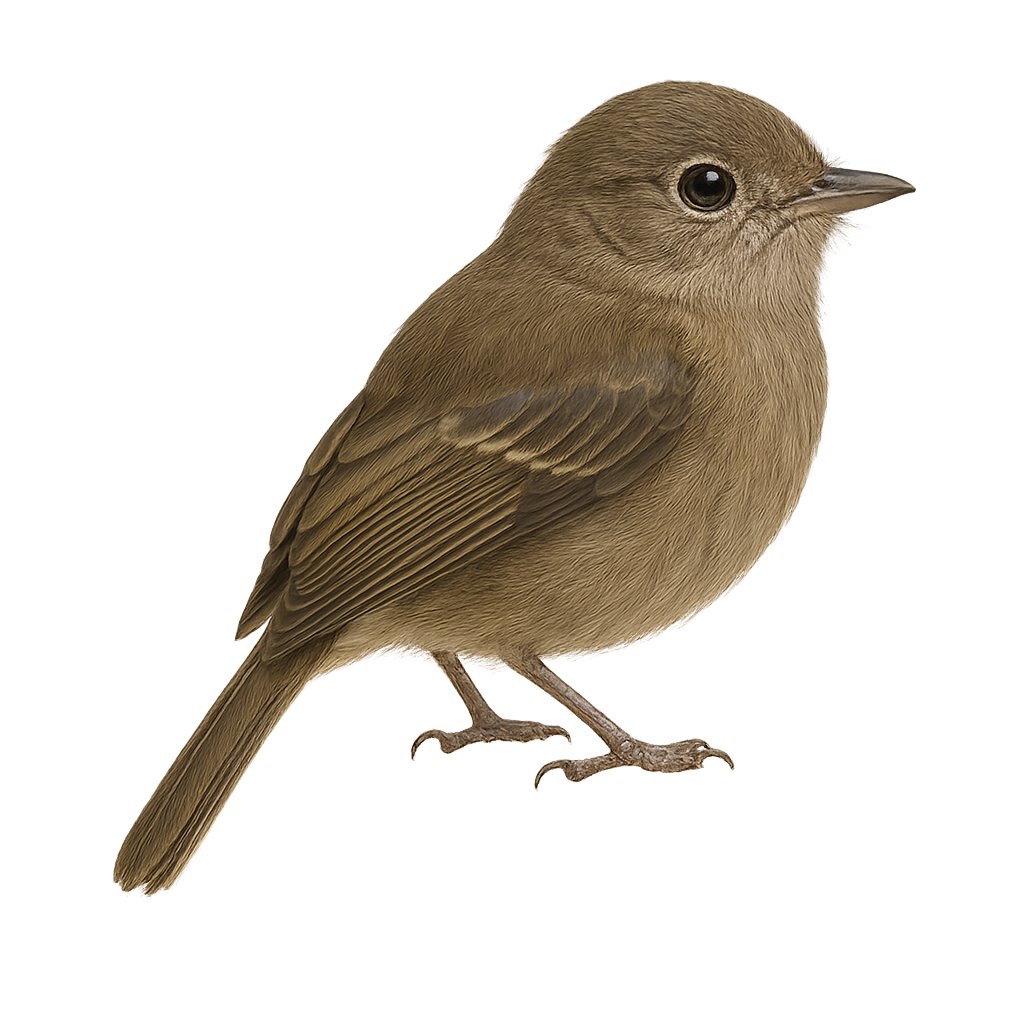Your wildlife photography guide.
Explore the drab-breasted pygmy-tyrant in detail, study its behavior, prepare your shots.
Where to observe and photograph the drab-breasted pygmy-tyrant in the wild
Learn where and when to spot the drab-breasted pygmy-tyrant in the wild, how to identify the species based on distinctive features, and what natural environments it inhabits. The WildlifePhotographer app offers tailored photography tips that reflect the drab-breasted pygmy-tyrant’s behavior, helping you capture better wildlife images. Explore the full species profile for key information including description, habitat, active periods, and approach techniques.
Drab-breasted Pygmy-Tyrant
Scientific name: Hemitriccus obsoletus

IUCN Status: Least Concern
Family: TYRANNIDAE
Group: Birds
Sensitivity to human approach: Suspicious
Minimum approach distance: 5 m
Courtship display: October to December
Incubation: 16-18 jours
Hatchings: October to December
Habitat:
Humid forests, forest edges, tropical forests
Activity period :
Primarily active during the day, with peak activity in the morning and late afternoon.
Identification and description:
The Drab-breasted Pygmy-Tyrant is a small passerine bird from the Tyrannidae family, primarily found in the humid forests and forest edges of South America. It is characterized by its dull plumage, with shades of brown and gray, and its small size, measuring about 9 to 10 cm in length. This bird is often difficult to spot due to its discreet and elusive behavior. It feeds mainly on insects, which it catches in flight or on leaves. The Drab-breasted Pygmy-Tyrant is a sedentary bird, not very migratory, preferring dense habitats where it can easily hide. Its population is stable, although deforestation may pose a potential threat to its natural habitat.
Recommended lens:
400 mm – adjust based on distance, desired framing (portrait or habitat), and approach conditions.
Photography tips:
To photograph the Drab-breasted Pygmy-Tyrant, it is advisable to use a 400mm lens or longer to capture detailed images without disturbing the bird. Look for dense forest areas where this bird is likely to hide. Be patient and discreet, as this bird is suspicious and may fly away quickly if disturbed. Use a tripod to stabilize your camera and wait for the bird to perch on an open branch to get a clear shot.
The WildlifePhotographer App is coming soon!
Be the first to explore the best nature spots, track rutting seasons, log your observations, and observe more wildlife.
Already 1 439 wildlife lovers subscribed worldwide

